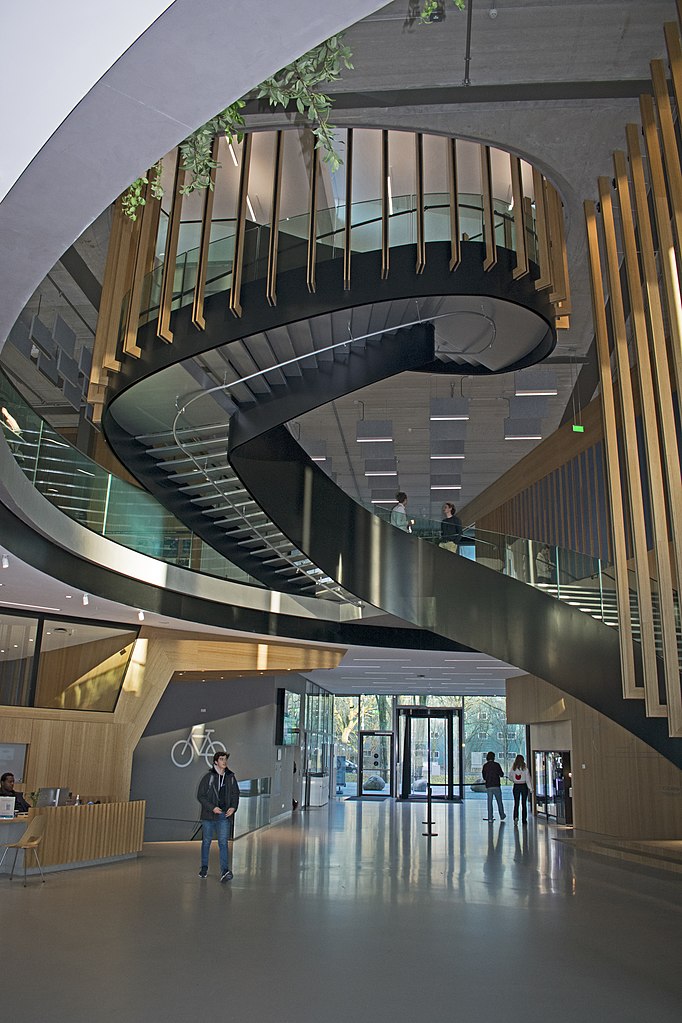Building technology refers to the various systems, materials, and techniques used in the construction of buildings. It encompasses a wide range of aspects, including structural systems, building materials, HVAC (heating, ventilation, and air conditioning) systems, electrical systems, plumbing systems, and sustainable building practices.
Structural systems are the backbone of a building, providing support and stability. Common structural systems include steel frames, reinforced concrete, timber frames, and masonry. These systems are designed to withstand various loads, such as gravity, wind, and seismic forces, ensuring the safety and integrity of the structure.
Building materials play a crucial role in the construction process. Traditional materials include concrete, steel, wood, and masonry, which have been used for many years due to their strength and durability. However, advancements in technology have introduced new materials, such as engineered wood products, composite materials, and high-performance concrete, which offer improved properties and sustainability benefits.
HVAC systems are responsible for providing heating, ventilation, and air conditioning within a building. These systems control temperature, humidity, and air quality, ensuring occupant comfort and maintaining a healthy indoor environment. Energy-efficient HVAC systems and smart controls have become increasingly popular to reduce energy consumption and optimize performance.
Electrical systems encompass the wiring, distribution, and control of electrical power within a building. This includes lighting systems, power outlets, electrical panels, and safety measures such as circuit breakers and grounding systems. With the increasing demand for energy-efficient buildings, there is a focus on integrating renewable energy sources, such as solar panels, and implementing energy management systems to monitor and optimize energy usage.
Plumbing systems involve the supply and distribution of water, as well as the disposal of wastewater within a building. This includes piping systems, fixtures (such as sinks and toilets), water heaters, and drainage systems. Water conservation measures, such as low-flow fixtures and greywater recycling systems, are commonly incorporated to reduce water consumption and promote sustainability.
Sustainable building practices have gained significant importance in recent years. This includes designing buildings with energy efficiency in mind, utilizing renewable energy sources, optimizing natural lighting and ventilation, incorporating green building materials, implementing water-saving measures, and considering the life-cycle environmental impact of building materials and systems.
In summary, building technology encompasses the various systems, materials, and practices used in the construction of buildings. It continually evolves with advancements in technology, sustainability concerns, and the need for energy-efficient and environmentally friendly buildings.





